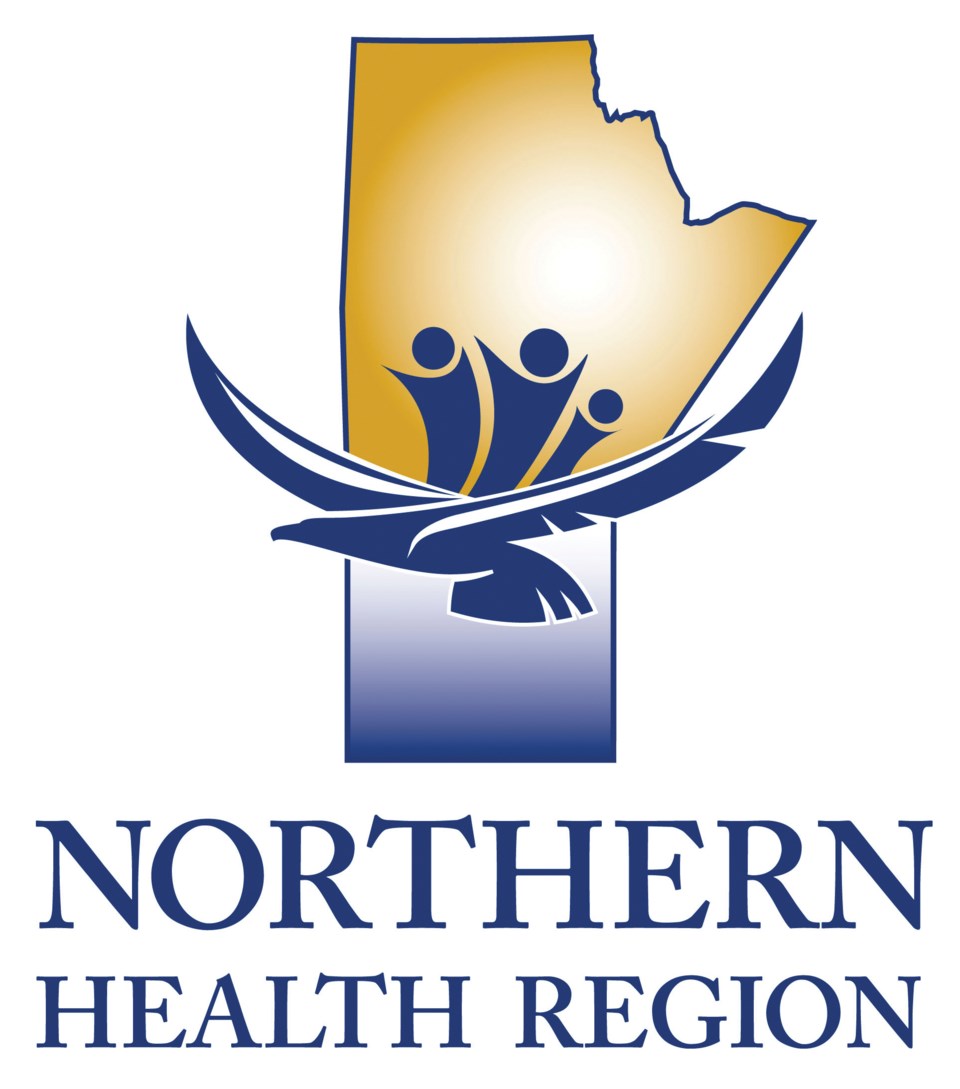The Northern Regional Health Authority released its 2019 Community Health Assessment Dec. 18.
A 364-page report, the health assessment is used to help establish health priorities and enable collaborative planning to reduce health disparities, improve community health and quality of life, and help the region plan and deliver needed programs and services.
“The Community Health Assessment gives us a look into the health of people in our region,” said NRHA CEO Helga Bryant in a press release. “We are encouraged by improvements we see in overall health compared to the CHA report in 2014. We are a large region with varied geography and vast diversity in our residents. The CHA affords us a view into those differences allowing us to plan and deliver service as equitably as possible.”
Data within the assessment show that there are more teen pregnancies, more suicides, more substance use disorders and significantly higher rates of several sexually transmitted infections (STIs) in the north than in Manitoba as a whole.
Northern Manitoba has a birth rate that is significantly higher than the Manitoba average and teen pregnancies are four or five times higher, though they have decreased from 127.8 per 1,000 females to 100.5 per 1,000. More than a quarter of pregnant women (27.8 per cent) receive inadequate prenatal care, although that number has decreased. Almost 32 per cent of NRHA-area families are lone-parent families, much higher than in the Winnipeg Regional Health Authority area, where it is 18.3 per cent, or in any of the province’s other zones, where the percentage is between 10 and 15 per cent. In some parts of the north, the rate of lone-parent families is as high as 45.5 per cent.
The suicide rate is 0.49 per 100,000 people in Northern Manitoba, nearly triple the Manitoba average of 0.17 suicides per 100,000 people. Deaths from prostate, lung, breast and colorectal cancers are also higher than the Manitoba average, though so is the survival rate for all invasive cancers at 53.9 per cent. Life expectancy is stable or increasing, though still lower than the Manitoba life expectancy and the mortality rate is 10.8 deaths per 100,000 people, significantly above the Manitoba average, and 5.44 deaths per 100,000 people occur before age 75. Injury or poisoning, cancer and circulatory diseases are the top causes of premature death, and the rate of potentially avoidable deaths is significantly higher than the Manitoba average.
Nearly 11 per cent of residents in the northern region are considered substance users, about double the Manitoba average, while one in five have diabetes and 15.5 per cent have kidney disease, which is significantly higher than the province’s population as a whole. Rates of some STIs are at least four times higher than the Manitoba average, with 222.5 per 100,000 residents having syphilis, 2,216.1 per 100,000 having chlamydia and 1,180.3 gonorrhea.
More than 31 per cent of NRHA-area residents are obese and 31.8 per cent overweight, and the region has the highest number of residents who report being inactive (24.2 per cent) and active (53.3 per cent). Only 25.5 per cent or the region’s residents say they eat five or more servings of vegetables per day.
Immunization rates for children are higher or the same as in the province as a whole and other regions.
The region’s population is close to 77,000 residents, a number that is expected to grow 12.7 per cent from 2017 levels by the year 2030. Those aged 24 and under will remain the largest age group in the north, but more growth will occur among people aged 35 to 44 and 65 to 74, meaning increased demand for health services.
About 72 per cent of the region is Indigenous, and their health is worse, on average, than non-Indigenous Manitobans’.
“There is a widening and unequal gasp between First Nations people’s health and other Manitobans,” says the report, and the gap has been widening since 2002.
Overall, northern resident are less educated, have lower labour force participation and an unemployment rate nearly double the Manitoba average. They visit hospitals more than Manitobans do on average, and 40.5 per cent of those hospital visits are to Winnipeg, rather than within the region itself.




